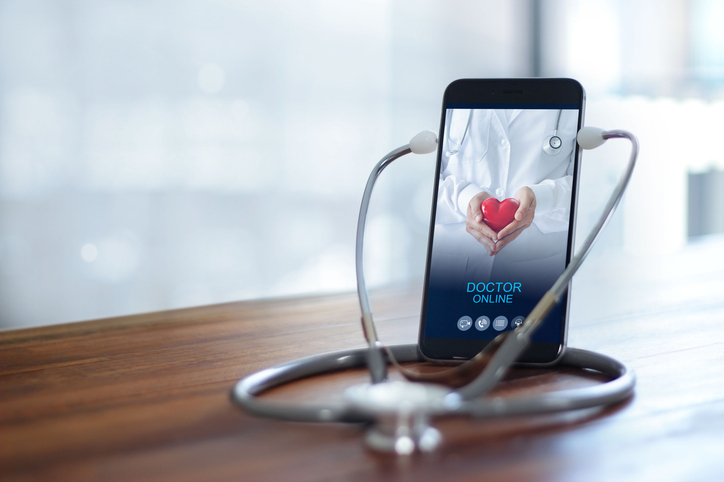
A new study indicates that mobile devices and laptops are reliable and accurate enough for clinical decision-making as it pertains to the administration of intravenous thrombolysis in acute stroke patients.
The retrospective study, published in the American Journal of Roentgenology, was conducted to assess accuracy and reliability of IV thrombolysis recommendations following the interpretation of head computed tomography (CT) images of patients with symptoms of acute stroke that were displayed on either a smartphone or laptop reading system, comparing them to those interpreted on a standard medical workstation monitor. They study included 2,256 interpretations (from 188 patients, four neuroradiologists, and three reading systems). The researchers calculated intraobserver variables like hemorrhagic lesions, intra-axial neoplasm, stroke dating, hyperdense arteries, and infarct size assessment. For reliability, the researchers calculated intraobserver and interobserver agreement using the intraclass correlation coefficient (ICC). They then performed equivalence tests for accuracy, and evaluated sensitivity, specificity, and ROC curves.
The researchers reported good or very good interobserver and intraobserver agreements following the interpretations of each variable. The authors noted that this finding was important because “it reflects the good performance of mobile devices to evaluate the most significant imaging variables for clinical decisions.” The thrombolysis recommendation showed very good interobserver (ICC≥0.85) and very good intraobserver agreements (ICC≥0.81). Area-under-the-curve (AUC) values (0.83 to 0.84) and sensitivities (0.94 to 0.95) were reported as equivalent across all reading systems, with a 5% equivalent threshold.
“These results constitute a strong foundation for the development of mobile-based telestroke services because they increase neuroradiologist availability and the possibility of using reperfusion therapies in resource-limited countries,” one of the authors said in a press release.
This study assesses the accuracy and reliability of IV thrombolysis recommendations made after interpretation of head CT images of patients with symptoms of acute stroke displayed on smartphone or laptop reading systems.https://t.co/70n0CB62f8
— ARRS (@ARRS_Radiology) February 13, 2020







 © 2025 Mashup Media, LLC, a Formedics Property. All Rights Reserved.
© 2025 Mashup Media, LLC, a Formedics Property. All Rights Reserved.